|
Although I love to sip rosé throughout the year, mild spring weather and flowers blooming makes it all the more enticing! The Chapoutier family is no stranger to producing rosés and many other wine styles. This iconic winery is located in the picturesque Rhône wine region in southeastern France. Michel Chapoutier is a seventh-generation oenologist and head of Maison M. Chapoutier, founded in 1808. Michel is one of Rhône’s most famous wine producers and is known worldwide for such wines as Hermitage, Chateauneuf du Pape, and Côte Rôtie. Michel's daughter, Mathilde, is also making a name for herself as an eighth-generation oenologist in the company. I recently had the pleasure of sampling their newly released 2023 rosés from Côtes du Rhône and Provence. M. Chapoutier Belleruche Rosé Côtes du Rhône AOP 2023 Belleruche means “beautiful beehive” in French and is named for the bees and hives that are part of the sustainable vineyards. Grapes for this blend are Grenache, Syrah, and Cinsault. The wine is aged in stainless steel vats for three to six months. Nose: Floral, strawberry, white peach, and flinty minerality. Palate: Aromas flow onto the palate with apricot, melon, and zingy acidity. Perfection! Alcohol: 13.5% SRP: $18 Pairing suggestions: Enjoy as an aperitif or serve with fish, shellfish, summer salads, crab quiche, or grilled white meat. Mathilde Chapoutier Côtes de Provence Sainte-Victoire AURISSO AOP 2023 The symbol on Mathilde’s labels is a beautiful compass rose, symbolizing the various wine regions she explored worldwide and her quest beyond the Rhóne Valley region. This wine is a blend of Grenache Noir, Syrah, Cinsault, and Rolle. Grapes are harvested from vineyards located east of Aix-en-Provence, at the foot of the Sainte-Victoire and Aurélien mountains in the commune of Pourcieux. The wine is aged for five months in stainless steel vats before bottling. Nose: Floral notes, red berries, and a touch of cherry. Palate: Fresh and crisp, with juicy red berries and a hint of strawberry and minerality lingering on the finish. Alcohol: 12.5% SRP: $20 Pairing suggestions: Great as an aperitif or with any fish or shellfish, grilled scallops, vegetable risotto, or light cheese board. Mathilde Chapoutier Côtes de Provence ORSURO AOP 2023 This wine is an interesting blend of mostly Grenache Noir, with Syrah, Cabernet Sauvignon, Cinsault, Clairette, and Rolle. The vineyards are located east of Aix-eProvence, at the foot of the Sainte-Victoire and Aurélien mountains. Aging takes place in stainless steel vats for five months. Nose: Light floral, citrus, and red berries. Palate: Strawberry, juicy peach, pink grapefruit, and subtle herbal notes. This is a lively and refreshing wine. Alcohol: 13% SRP: $28 Pairing suggestions: Enjoy on its own or with pasta salad, fish, shellfish, grilled white meat, or sushi. It is interesting to note that M Chapoutier’s wine labels are printed in Braille. It is Michel’s way of paying homage to Maurice de la Sizeranne (1857-1924), who lost his sight at age nine. Maurice was one of France’s most noted philanthropists who founded the Revue du Braille, perfecting the system of abbreviated Braille. Maurice and his family owned a small plot of land in the famous Hermitage appellation, where Chapoutier bought some prime Hermitage vineyards. He sources the grapes from here for one of his most renowned wines, Monier de la Sizeranne. The wine honors the de la Sizeranne family with a special nod to Maurice. M Chapoutier has been practicing biodynamic viticulture since 1990. All herbicides and chemical pesticides are prohibited, and the vineyards are sustained using only organic matter. Michel believes only healthy vines growing within a balanced ecosystem can make great wine. Until next time…
Cheers! Penina To leave a comment or if you have an inquiry, please contact me at [email protected] Several years ago, I wrote an article about Jean-Luc Colombo Winery. Recently, I received two of their wines, which sparked a desire to revisit the winery and its story. Jean-Luc Colombo winery is located in the appellation of Cornas in the northern Rhône Valley, France. Cornas is the smallest appellation in the Rhône Valley, consisting of approximately 300 acres, and is dedicated to producing only red wine from the Syrah grape. The Mediterranean climate and decomposed granite soils contribute to the richness and character of these wines. In addition to producing wine from vineyards in the northern and southern Rhône Valley, Jean-Luc Colombo also produces wine from vineyards in Languedoc and Provence. As a child, Jean-Luc spent considerable time helping his mother in her restaurant in Marseille, where he was always surrounded by good food and wine. Growing up with a successful restaurateur, Jean-Luc developed a discerning palate for wine. With a passion for science, Jean-Luc received a pharmacy degree and combined his love of Syrah and science by creating a wine laboratory in 1984 with his wife Anne, Centre Oenologique des Cotes du Rhone. Jean-Luc quickly established himself as a wine consultant for wineries throughout the Rhône Valley, including many top domaines. The Colombo family purchased their first vineyard in the early 1980s, planted with old Syrah vines, overlooking the village of Cornas, and fulfilled Jean-Luc’s dream of becoming a winemaker and viticulturist. In 1987, he produced the first vintage of Cornas “Les Ruchets,” which became the flagship cuvée of the domain. Their daughter Laure is also passionate about wine. She received a Bachelor’s degree in Viticulture and Oenology in Bordeaux (and interned at Château Haut-Brion for one year). She followed it up with a Master’s degree in Oenology from the University of Montpellier. Laure also experimented with some vinifications in the southern hemisphere. At this point, she told her father and mother that she was ready, and she joined the family estate in 2010 as their winemaker. Bees are an integral part of the estate. The Colombo family began harvesting grapes and honey with their first vineyard, Les Ruchets, which translates to “the beehives” in French. In addition to time spent producing outstanding wines, the Colombo family also pours their hearts and souls into maintaining a safe haven and ensuring the longevity of the bee colonies. Through education, the elimination of harsh pesticides, and the planting of nutritious flora, the honey bees live in a fruitful and biodiverse landscape, contributing to the health of the grapes and terroir. Interesting facts: 1) Honey bees pollinate more than 90% of flowering crops – including many of the fruit and food items we eat – so they play a vital role in our food supply. 2) Honey bee colonies typically consist of only one queen bee, several hundred drones (male bees), and thousands of adult female worker bees. The colony also contains developing eggs, larvae, and pupae. Above photos of bee colonies and Laure are courtesy of the winery. Due to environmental factors, the Colombo family began to see a depletion in the honey bees’ local and global population, causing Colony Collapse Disorder. This disorder threatens bees’ crucial role in agriculture, as it causes adult bees to abandon their hives and fly off to die. The cause of this disorder is unknown, and it has spread to over half of the U.S. states, with similar reports in parts of Europe, Brazil, and Canada. So, the Colombo family, together with their U.S. importer, Taub Selections, united two great passions—winemaking and beekeeping—to develop the Bee Helpful Program. For every purchase of a bottle of Jean-Luc Colombo’s Les Abeilles (meaning The Bees in French) Côtes du Rhône white or red, a donation is made to the UC Davis Department of Entomology in support of their research to help restore healthy honey bee colonies. Jean-Luc said, “Living in the middle of the vineyards in Cornas, we have always made it a point to honor and preserve this environment and to work in harmony with nature. It is essential that vines, insects, and animals of all hairs and feathers coexist and thrive. For many years, “organic” methods have been applied to the vine, and Laure Colombo launched in 2012 the organic certification process for our estate (officially called ECOCERT in Europe), effective since the 2015 vintage.” Let’s taste some wine! Jean-Luc Colombo Côtes Du Rhône Blanc “Les Abeilles” 2022 This delightful wine is a blend of traditional white southern Rhône grapes, 80% Claudette, and 20% Roussane. The grapes are hand-picked and fermented in stainless steel tanks. The Claudette is aged in tanks, and the Roussanne matures in two to five-year-old oak barrels for six months. Nose: Floral, white stone fruit, citrus, apple, and a touch of minerality. Palate: Crisp and refreshing with notes of peach, pear, and sweet lemon on the finish. Alcohol: 13% SRP: $18.99 Pairing suggestions: Seafood, grilled chicken, quiche, and a summer pasta salad. Jean-Luc Colombo Côtes Du Rhône Rouge “Les Abeilles” 2021 AOC This wine is 60% Granache, 30% Syrah, and 10% Mourvèdre. The grapes are grown on 25-year-old vines in the AOC Côtes du Rhône appellation and hand-picked at harvest. Aging takes place in stainless steel tanks for ten months before bottling. Nose: Ripe red fruit, violets, purple plum, and a touch of licorice. Palate: Silky with notes of anise, dark berries, dark cherry, and a dollop of spice. Alcohol: 13% SRP: $18.99 Pairing suggestions: Jean-Luc Colombo says, “This wine is food-friendly and pairs with everything from roasted chicken, lamb, pork, charcuterie, to assorted cheeses – best enjoyed with a spoonful of honey.” Enjoy these wines while supporting the Bee Helpful Program. It’s a win-win situation! Until next time…
Cheers! Penina To leave a comment or if you have an inquiry, please contact me at [email protected] Daffodils, crocus, and hyacinth are in bloom, with leaves on the trees about to burst open. Spring is finally making an entrance! Spring also brings Passover and Easter this coming week. Unfortunately, since I’ve been working on a time-consuming project, I’ve had little time to pound the keyboard lately. So, I am reposting an article from last year that includes timeless wines and classic recipes to grace the table and please your palate. Easter Jean-Luc Colombo Cornas “Terres Brûlées” 2018 Jean-Luc Colombo winery is located in the northern appellation of Cornas in the Rhône Valley, France. Cornas is the smallest appellation in the Rhône Valley, consisting of approximately 325 acres, and is dedicated to producing only red wine from the Syrah grape. The Mediterranean climate and decomposed granite soils contribute to the richness and character of these wines. Terres Brûlées means “burnt earth,” which refers to the long hot days balanced by the cool nights. Grapes for this 100% Syrah are hand-harvested from 30+ -year-old vines. The wine is aged 21 months in oak barrels (10% new, 90% one-to-five-year-old barrels). Nose: Dark cherry, dark berries, plum, and baking spice. Palate: Rich with blackberry, plum, and black cherry, reminiscent of exotic jam. Notes of vanilla, cocoa, spice, and a trace of minerality linger on a long finish. An exceptional wine! Alcohol: 14.5% SRP: $63.99 Pairings: Roasted white meat, game, lamb, seared tuna, and hearty stews. At the age of seven, I tasted lamb for the first time. And after that, I insisted that my mother make lamb chops for me at least once a week. Seven years later, our family was invited to a traditional Greek Easter meal where I feasted on leg of lamb for the first time. I was hooked forever! Roasted Leg Of Lamb With Vegetables (serves 8 to 10) The beauty of this recipe is that you can add any vegetables you like to the pan. My favorites are small potatoes, baby carrots, and onions. Ingredients: One 5 to 6-pound trimmed bone-in leg of lamb 4 to 5 garlic cloves minced One tablespoon of olive oil Chopped fresh parsley, thyme, & rosemary (a tablespoon of each) One tablespoon of Dijon mustard Kosher salt and pepper to taste. Cut up veggies such as new potatoes, carrots, zucchini, and onions. Directions: Line a large roasting pan with aluminum foil and preheat the oven to 350℉. Pat lamb dry, and using a sharp knife, score the top side of the lamb, making shallow cuts all over. Combine the rest of the ingredients in a small bowl. Place lamb fat side up on a rack in the prepared roasting pan. Spread the garlic mixture evenly over the lamb, making sure to rub it into the scored cuts. (I like to use my hands to rub the mixture into the lamb.) Add a small amount of dry white wine to the bottom of the pan, and then add cut-up vegetables of your choice. Place pan in preheated oven and roast until it reaches an internal temperature of 135℉ or until desired doneness. Occasionally baste the vegetables and add more liquid to the pan if necessary. Let rest for 15 to 20 minutes before slicing. Note: Consult a chart for roasting time per pound to achieve doneness as to rare, medium-rare, etc. Passover Having sat through many family seders growing up, I endured the wine that was always served. It was a sickeningly sweet wine that insulted my palate even in my early youth. There had to be a better kosher wine! And over time, wine producers began making quality kosher wine. Alavida Malbec Organic and Kosher 2021 This 100% Argentine reserve-level Malbec was released in 2021 from Origins Organic Imports, owned by Anne Bousquet and her husband, Labid al Ameri. who also own Domaine Bousquet. They have been producing certified organic wines since 1997. This wine is USDA-certified organic and kosher, a first from Argentina. “Alavida” is a riff on “to life” in Spanish - itself a riff on the traditional Hebrew toast “L’chaim!”. Grapes for this wine are sourced from vineyards in the Andean foothills at 4000+ feet. 90% of the wine is aged in used oak and 10% in new oak. Nose: Dark cherry, dark berries, baking spice, earthy mushrooms, and floral. Palate: Aromas segue onto the palate with vibrant fruit, plum, smooth tannins, and a hint of fennel. Alcohol: 14.5% SRP: $19 Pairings: Charcuterie board, grilled or roasted meat, fowl, pasta, or veggie casseroles. Savory Passover Noodle Kugel (Serves 6 to 8) courtesy of 1,000 Jewish Recipes by Faye Levy This is a delicious kugel, unlike the sweet kugels you might be accustomed to. Ingredients: 8 oz. Passover noodles 4 to 5 tablespoons vegetable oil 2 large onions, chopped Salt and freshly ground pepper to taste 1 teaspoon paprika, plus a little more for sprinkling 2 large eggs, beaten Directions: Preheat the oven to 350℉. Cook noodles in a large pot of boiling salted water for about 3 minutes until almost tender. Drain, rinse with cold water, and then drain again. Transfer to a large bowl. Heat 3 to 4 tablespoons of oil in a large skillet over medium-low heat. Add onions and sauté for 15 minutes or until very tender and light brown. Add salt, pepper, and one teaspoon paprika, and sauté for about 5 minutes or until well browned. Cool slightly. Stir onion mixture into noodles. Adjust seasoning; the mixture should be seasoned generously. Add eggs and mix well. Oil a 2-quart baking dish and add noodle mixture. Sprinkle with the remaining tablespoon of oil, then dust with paprika. Bake uncovered for one hour or until set. Serve from the baking dish. Note: For a heartier kugel, add sautéed mushrooms and broccoli. Just Because! Saget La Perrière Blanc Fumé De Pouilly 2018 Saget La Perrière is a family-run company in the Loire Valley, France. With 890 acres of vines in the finest appellations and six estates, it carries on the tradition of nine generations dedicated to producing the best wines. More commonly known as “Pouilly Fumé,” the “Blanc Fumé de Pouilly” appellation is the original name of this 100% Sauvignon Blanc wine. Its classification is one of the oldest in France and goes back to 1937. The term “Blanc Fumé” (smoky white) refers to the thin smoke-colored layer covering the grapes at the time of harvest and the unique aromas of gunflint famous in the wines of Pouilly sur Loire. This wine is aged on fine lees for six months, then bottled and aged for six to eight months in the cellar. Nose: Floral, citrus, minerality, and a hint of herbal. Palate: Floral notes continue with ripe fruit, grapefruit, flint, minerality, and lemon zest on the finish. It is fresh and lively! Alcohol: 13% SRP: $34.99 Pairings: Enjoy as an aperitif or serve with seafood, grilled chicken, goat cheese, or light appetizers. Scallops with Cannellini Bean Purée (serves two) Double or triple the recipe to make more servings. This recipe is done in three stages but is worth the time and effort.
1) Bean Purée Ingredients: 1/2 cup canned cannellini beans, rinsed and well-drained. 1 teaspoon unsalted butter Salt and freshly ground pepper to taste. Directions: Place drained beans and butter into a food processor fitted with a metal blade and process until smooth. Season with salt and pepper to taste, and process again for 30 seconds. 2) Coulis Ingredients: 1 red bell pepper, seeded and diced 1 tablespoon olive oil 1 clove garlic, finely chopped (about 1/2 teaspoon) Salt and freshly ground pepper to taste Directions: Combine diced pepper, olive oil, garlic, and a pinch of salt and pepper in a food processor. Blend until liquefied. 3) Scallops Ingredients: 2 tablespoons coriander 2 tablespoons mustard seed 2 tablespoons black peppercorns 2 tablespoons pink peppercorns 2 tablespoons olive oil 4 dry sea scallops 1/2 cup of baby greens Directions: Preheat the oven to 400℉ Combine all spices in a spice or coffee grinder and grind to a powder. Pour into a shallow bowl. Heat olive oil in a nonstick ovenproof skillet over high heat until it sizzles. Dip both sides of the scallops in the spice blend and place them into the skillet in a single layer. Sear for about 3 minutes per side or until golden brown. Transfer the skillet to the oven and heat for 5 minutes. Divide and scoop the white bean puree into the center of each dish, and arrange two scallops on top of each mound. Drizzle with red pepper coulis and garnish each plate with greens. Of course, one can enjoy these wines and recipes all year round! Until next time… Cheers and bon appétit! Penina To leave a comment or if you have an inquiry, please contact me at [email protected] Autumn may be around the corner, but many of us are still in the throws of summer heat waves and humidity. Hopefully, you have some rosés chilling in the refrigerator to satisfy the palate and ease the agony of the heat. Consider adding these mouth-watering rosés from the Southern Rhône to your collection. The Southern Rhône Valley is located in southern France and is famous for its juicy red blends. It is larger than the Northern Rhône Valley and produces about 95% of all wine in the Rhône Valley under AOP (Appellation d'origine contrôlée designations.) The climate in the Southern Rhône is Mediterranean with mild winters, and the summers are warm and dry. The terrain is much flatter than in Northern Rhône and consists of three diverse soil types: clay-limestone, sandy, and stony. The climate and terroir are conducive to grape growing here, especially the late-ripening Grenache, which is Southern Rhône’s signature grape. Here are four lovely rosés to enjoy, which are under $20. Château Mourgues du Grès, Galets Rosés, AOC Costières de Nimes, Rosé, 2021 This rosé is a blend of 50% Grenache Noir, 40% Syrah,and 10% Mourvèdre. The grapes are sourced from the Costières de Nimes appellation. And as you can see by the map above, it is the most southern appellation. Nose: Juicy red berries, cherry, and earthy. Palate: Cherry, strawberry, spice, and minerality, with a touch of herbs. Alcohol: 13.5% SRP: $13 Château Manissy, Cuvée des Lys, AOC Tavel, Rosé, 2021 Sourced from the Tavel appellation, this rosé is a blend of 50% Grenache gris, 30% Clairette, 10% Cinsault, and 10% Syrah. Nose: Red berries, cherry, herbs, minerality, and a hint of floral. Palate: Aromas segue onto the palate with notes of oregano, red plum, a touch of citrus, and lots of fresh minerality on the finish. Alcohol: 13.5% SRP: $16 Château Beaubois Expression, AOC Costières de Nimes, Rosé, 2021 This dry, crisp, refreshing rosé is a blend of 60% Syrah, 30% Grenache, and 10% Cinsault. Nose: White stone fruit, red berries, and tropical notes. Palate: Peach, raspberry, citrus, a hint of mango, and a nice balance of acidity and minerality. Alcohol: 13% SRP: $16 Château la Canorgue, AOC Luberon, Rosé 2021 Luberon appellation is located between Avignon and Aix en Provence but is technically in the Rhône. The blend for this wine is 70% Syrah and 30% Grenache.
Nose: Red berries, citrus, floral, and minerality. Palate: It is dry and zesty with white stone fruit, strawberry, citrus, floral, and finishing with lingering notes of minerality and berries. Alcohol: 12.5% SRP: $18 Food Pairing Suggestions Sip these wines as an aperitif or serve with seafood, shellfish, grilled white meat, salads, vegetable risotto, crab cakes, and omelets. Enjoy the rest of the summer! I’ll be back soon with a few wines to usher in the fall season. Until next time… Cheers! Penina To leave a comment or if you have an inquiry, please contact me at [email protected] Whether celebrating Easter, Passover, or a “just because” moment, I have a few wines and recipes to grace your table and please your palate. Easter Jean-Luc Colombo Cornas “Terres Brûlées” 2018 Jean-Luc Colombo winery is located in the northern appellation of Cornas in the Rhône Valley, France. Cornas is the smallest appellation in the Rhône Valley, consisting of approximately 325 acres, and is dedicated to producing only red wine from the Syrah grape. The Mediterranean climate and decomposed granite soils contribute to the richness and character of these wines. Terres Brûlées means “burnt earth,” which refers to the long hot days balanced by the cool nights. Grapes for this 100% Syrah are hand-harvested from 30+ -year-old vines. The wine is aged 21 months in oak barrels (10% new, 90% one-to-five-year old barrels). Nose: Dark cherry, dark berries, plum, and baking spice. Palate: Rich with blackberry, plum, and black cherry, reminiscent of exotic jam. Notes of vanilla, cocoa, spice and a trace of minerality linger on a long finish. An exceptional wine! Alcohol: 14.5% SRP: $63.99 Pairings: Roasted white meat, game, lamb, seared tuna, and hearty stews. I was seven years old the first time I tasted lamb and after that I insisted that my mother make lamb chops for me at least once a week. Seven years later, our family was invited to a traditional Greek Easter meal where I feasted on leg of lamb for the first time. I was hooked! Roasted Leg Of Lamb With Vegetables (serves 8 to 10) The beauty of this recipe is that you can add any vegetables you like to the pan. My favorites are small potatoes, baby carrots, and onions. Ingredients: One 5 to 6 pound trimmed bone-in leg of lamb 4 to 5 garlic cloves minced One tablespoon of olive oil Chopped fresh parsley, thyme, rosemary (a tablespoon of each) One tablespoon of Dijon mustard Kosher salt and pepper to taste. Cut up veggies such as new potatoes, carrots, zucchini, and onions. Directions: Line a large roasting pan with aluminum foil and preheat the oven to 350℉. Pat lamb dry and using a sharp knife, score the top side of the lamb, making shallow cuts all over. Combine the rest of the ingredients in a small bowl. Place lamb fat side up on a rack in the prepared roasting pan. Spread the garlic mixture evenly over the lamb, making sure to rub it into the scored cuts. (I like to use my hands to rub the mixture into the lamb.) Add a small amount of dry white wine to the bottom of the pan, and then add cut-up vegetables of your choice. Place pan in preheated oven and roast until it reaches an internal temperature of 135℉ or until desired doneness. Occasionally baste the vegetables and add more liquid to the pan if necessary. Let rest 15 to 20 minutes before slicing. Note: Consult a chart for roasting time per pound to achieve doneness as to rare, medium-rare, etc. Passover Having sat through many family seders growing up, I endured the wine that was always served. It was a sickeningly sweet wine that managed to insult my palate even in my early youth. There had to be a better kosher wine! And over time, wine producers began making quality kosher wine. Alavida Malbec Organic and Kosher 2021 This 100% Argentine reserve-level Malbec is the latest release from Origins Organic Imports, owned by Anne Bousquet and her husband, Labid al Ameri. who also own Domaine Bousquet. They have been producing certified organic wines since 1997. This wine is USDA-certified organic and kosher, a first from Argentina. “Alavida” is a riff on “to life” in Spanish - itself a riff on the traditional Hebrew toast “L’chaim!”. Grapes for this wine are sourced from vineyards in the Andean foothills at 4000+ feet. 90% of the wine is aged in used oak and 10% in new oak. Nose: Dark cherry, dark berries, baking spice, earthy mushrooms, and floral. Palate: Aromas segue onto the palate with vibrant fruit, plum, smooth tannins, and a hint of fennel. Alcohol: 14.5% SRP: $19 Pairings: Charcuterie board, grilled or roasted meat, fowl, pasta, or veggie casseroles. Savory Passover Noodle Kugel (Serves 6 to 8) courtesy of 1,000 Jewish Recipes by Faye Levy This is a delicious kugel, unlike the sweet kugels you might be accustomed to. Ingredients: 8 oz. Passover noodles 4 to 5 tablespoons vegetable oil 2 large onions, chopped Salt and freshly ground pepper to taste 1 teaspoon paprika, plus a little more for sprinkling 2 large eggs, beaten Directions: Preheat the oven to 350℉. Cook noodles in a large pot of boiling salted water for about 3 minutes until almost tender. Drain, rinse with cold water, and then drain again. Transfer to a large bowl. Heat 3 to 4 tablespoons of oil in a large skillet over medium-low heat. Add onions and sauté for 15 minutes or until very tender and light brown. Add salt, pepper, one teaspoon paprika, and sauté for about 5 minutes or until well browned. Cool slightly. Stir onion mixture into noodles. Adjust seasoning; mixture should be seasoned generously. Add eggs and mix well. Oil a 2-quart baking dish and add noodle mixture. Sprinkle with the remaining tablespoon of oil, then dust with paprika. Bake uncovered for one hour or until set. Serve from the baking dish. Note: For a heartier kugel add sautéed mushrooms and/or broccoli. Just Because! Saget La Perrière Blanc Fumé De Pouilly 2018 Saget La Perrière is a family-run company located in the Loire Valley, France. With 890 acres of vines in the finest appellations and six estates, it carries on the tradition of nine generations dedicated to producing the best wines. More commonly known as “Pouilly Fumé,” the “Blanc Fumé de Pouilly” appellation is the original name of this 100% Sauvignon Blanc wine. Its classification is one of the oldest in France and goes back to 1937. The term “Blanc Fumé” (smoky white) refers to the thin smoke-colored layer covering the grapes at the time of harvest and the unique aromas of gunflint famous in the wines of Pouilly sur Loire. This wine is aged on fine lees for six months, then bottled and aged for six to eight months in the cellar. Nose: Floral, citrus, minerality, and a hint of herbal. Palate: Floral notes continue with ripe fruit, grapefruit, flint, minerality, and lemon zest on the finish. It is fresh and lively! Alcohol: 13% SRP: $34.99 Pairings: Enjoy as an aperitif or serve with seafood, grilled chicken, goat cheese, or light appetizers. Scallops with Cannellini Bean Purée (serves two) Double or triple the recipe to make more servings. This recipe is done in three stages but is worth the time and effort.
1) Bean Purée Ingredients: 1/2 cup canned cannellini beans, rinsed and well-drained. 1 teaspoon unsalted butter Salt and freshly ground pepper to taste. Directions: Place drained beans and butter into a food processor fitted with a metal blade and process until smooth. Season with salt and pepper to taste, and process again for 30 seconds. 2) Coulis Ingredients: 1 red bell pepper, seeded and diced 1 tablespoon olive oil 1 clove garlic, finely chopped (about 1/2 teaspoon) Salt and freshly ground pepper to taste Directions: Combine diced pepper, olive oil, garlic, and a pinch of salt and pepper in a food processor. Blend until liquefied. 3) Scallops Ingredients: 2 tablespoons coriander 2 tablespoons mustard seed 2 tablespoons black peppercorns 2 tablespoons pink peppercorns 2 tablespoons olive oil 4 dry sea scallops 1/2 cup of baby greens Directions: Preheat the oven to 400℉ Combine all spices in a spice or coffee grinder and grind to a powder. Pour into a shallow bowl. Heat olive oil in a nonstick ovenproof skillet over high heat until it sizzles. Dip both sides of the scallops in the spice blend and place them into the skillet in a single layer. Sear for about 3 minutes per side or until golden brown. Transfer the skillet to the oven and heat for 5 minutes. Divide and scoop the white bean puree into the center of each dish, and arrange two scallops on top of each mound. Drizzle with red pepper coulis and garnish each plate with greens. Of course, one can enjoy these wines and recipes all year round! Until next time… Cheers and bon appétit! Penina To leave a comment or if you have an inquiry, please contact me at [email protected] For most of us, traveling is not an option right now. So, for the last several months my wine glass and I have been “virtually” touring wine regions while sipping wine from the comfort of home. In early March and in anticipation of spring I reviewed six rosés, which hopefully you’ve had a chance to taste and enjoy. And now with the summer days upon us, it’s time for another review of seven more delectable rosés in a variety of styles from wine regions around the world. Jean-Luc Colombo Cape Bleue Rosé 2019 About one year ago I opened a bottle of 2004 Les Ruchets Cornas from Jean-Luc Colombo winery located in the northern appellation of Cornas in the Rhône Valley, France. It was a memorable bottle of wine and worthy of a review. So I was quite excited to taste this producer’s rosé. The wine is a blend of 67% Syrah and 33% Mourvèdre grapes sourced from the stony limestone vineyards located in the hills above the bay of Marseille, next to Provence. The vineyards enjoy the influence of the sea and sun with hot days and cool nights that are ideal conditions for grape growing. This soft pink blend has delicate aromas of rose petals, cherry and sweet melon. The palate offers notes of berries, cherry and peach with a hint of citrus and minerality. It is nicely balanced with fresh acidity. Enjoy as an aperitif or with appetizers, light salads or grilled fish. Alcohol: 12.5% SRP: $14.99 Valdo Floral Rosé Brut NV This wine is produced by the historic Valdo Spumanti winery that specializes in Prosecco and sparkling wines. It was founded in 1926 and is located in Valdobbiadene in the Treviso area of the Veneto. The grapes for this wine are sourced from some of my favorite areas in Italy, Veneto and Sicily. The wine is a blend of 75% Nerello Mascalese harvested from vineyards on the lower slopes of the Etna volcano in Sicily and 25% Glera (the grape varietal of Prosecco) harvested from vineyards in the Veneto. This wine is produced using the Charmat method followed by a minimum of two months in the bottle. This is a lively sparkling wine with aromas of rose petals, strawberry, raspberry and cherry that segue onto the palate with a fine perlage. A profusion of red berries dances on the palate with a soft and creamy texture. This sparkling wine is elegant and fun to drink. Alcohol: 11.5% SRP: $15.99 Leitz Pinot Noir Rosé Trocken 2018 This rosé is produced by Weingut Josef Leitz, which is located in the Rheingau wine region of Germany. They are considered one of the top growers and among the finest producers in Germany. This wine is made from 100% Pinot Noir sourced from the Johannisberg appellation in the Rheingau. This wine is very aromatic with lots of floral notes and fresh red fruit. It is deliciously bone dry with zingy acidity and a palate layered with cherry, cranberry, strawberry and a touch of minerality. This wine is refreshing and full of character. A perfect aperitif! Alcohol: 12% SRP: $17 Bertani Bertarose Rosé IGT 2019 The historic Bertani winery is located in the Veneto region of Italy and is famous for its production of Amarone. They are also known for their Bertarose, another historic Bertani wine that began production in the 1930s and has since been given a modern makeover. Made with 75% Molinaro and 25% Merlot, these grapes are sourced from hillside vineyards above Lake Garda on calcareous-clay soils. The grapes are vinified separately and then blended and aged in stainless steel tanks for about three months on the lees. Delectable aromas of floral, a mix of red and dark fruit and grapefruit set the stage for this fresh and well-balanced wine. The palate offers white flowers, pink grapefruit, strawberry, apricot and a hint of cherry. It is a perfect dance between acidity and salinity. Serve as an aperitif or pair with appetizers, grilled fish, white meat, vegetables, or light pasta. Alcohol: 12% SRP: $18.99 Saracina Skid Rosé 2019 Saracina winery is a 250-acre ranch located in Mendocino County in the Upper Russian River Valley of northern California. This wine is 100% Malbec harvested from the black clay and gravelly soils in sustainably farmed vineyards of the westernmost block of the Saracina Ranch. It is handcrafted with limited production. A bouquet of floral, red fruit and melon opens to a refreshing palate of strawberry rhubarb pie, red berries and a hint of spice. This is a delightfully dry and crisp wine. Enjoy as an aperitif or serve with light fare. Alcohol: 12.8% SRP: $19.99 Planeta Rosé Sicilia DOC 2019 Having tasted and enjoyed many Planeta wines, I was quite eager to try their rosé. Planeta has vineyard locations in five territories spread throughout Sicily from east to west with six boutique wineries. The grapes for this rosé were sourced from Dispensa Estate in Menfi (western Sicily) and is a blend of 50% Nero d’Avola and 50% Merlot. Delightful aromas of floral, berries and melon segue onto the palate with white stone fruit and a dash of tropical fruit. This is a refreshing and dry wine with crisp acidity and hints of minerality and salinity. Enjoy as an aperitif or with light fare. Alcohol: 12.55 SRP: $19.99 Pasqua “11 Minutes” Rosé Tre Venezie IGT 2019 Pasqua Vigneti é Cantine is located in Verona, Italy and has complete control over 741 acres of vineyards (1/3 is estate-owned) that spreads from Lake Garda to Soave. Many of Pasqua’s vineyards are located in Valpolicella Estesa. This wine is a masterful blend of 50% Corvina, 15% Syrah, 25% Trebbiano di Lugana and 10% Carmenere. And why is it called “11 minutes” rosé? After harvest, the grapes are gently pressed and with only 11 minutes of skin contact the most noteworthy qualities of the grapes are extracted and the color is obtained. It is a beautiful bottle with an unusual oval shape and an alluring photo of Lesbia. And this wine does not disappoint! Intoxicating aromas of floral, lush berries, spice and melon spill onto the palate with succulent berries, spice, racy acidity and minerality adding to the richness and elegance of this wine. Enjoy as an aperitif or with light fare.
Alcohol: 12.5% SRP: $20 These rosés are priced well and a pleasure to drink! To learn more about some of the above wineries, please click from the menu on the right-hand side of this page. Until next time… Cheers! Penina To leave a comment or if you have an inquiry, please contact me at [email protected] Around this time last year, I reviewed Ferraton Père & Fils La Matinière Crozes-Hermitage and Samorëns Côtes-du-Rhône Red 2015 vintages. Ferraton Père & Fils is a producer and négociant of wine throughout the Rhône Valley. Twenty percent of Ferraton production is estate wines with grapes sourced from the domaine’s 37 acres in the Northern Rhône’s Hermitage, Crozes-Hermitage and St. Joseph appellations. The rest is sourced from sustainably farmed fruit in both Northern and Southern Rhône appellations all of which are biodynamic and certified organic. To learn more about this producer and the Rhône Valley, please click ‘Ferraton Père & Fils’ or Rhône Valley on the menu at right. The 2017 vintages of Ferraton Père & Fils La Matinière Crozes-Hermitage and Samorëns Côtes-du-Rhône Red are quite pleasing to the palate and light enough to be enjoyed with a variety of cuisine. La Matinière Crozes-Hermitage 2017 is 100% Syrah. Crozes-Hermitage is the largest appellation in the Northern Rhône and is known for its exceptional Syrahs. The climate here is moderate-continental and a bit cooler than the Southern Rhône but still it is far enough south to produce earlier ripening grapes. The grapes for the La Matinière are sourced and blended from a mix of estate and neighboring vineyards in the Mercurol and Beaumont-Monteux districts of central and southern Crozes-Hermitage. Glacial alluvial deposits with rounded pebbles, stones and gravel soils along with potassium residue can be found here, which contribute to fleshier, rounder wines. This wine is partly matured in oak barrels for 12 months before bottling. This wine begins with lovely floral aromas mixed with strawberry, cherry and baking spice. The palate offers an array of red fruit such as raspberry, pomegranate and sour cherry. It has a nice balance to it that finishes with hints of pepper, cherry and vanilla. Alcohol: 13% SRP: $26 Samorëns Côtes-du-Rhône Red 2017 is a blend of 85% Grenache, 10% Syrah and 5% Cinsault. Grapes are sourced from vineyards situated on the left bank of the Southern Rhône with flatter terrain that consists of stony soil including limestone, clay and sand. The climate is Mediterranean with mild winters and warm, dry summers. This terroir-driven wine bursts open with aromas of berries, floral and spice. The palate offers juicy red fruit with flavors of blackberry, dark raspberry, anise and spice with a tart plum skin finish. It is the perfect combination of fruit and savory.
Alcohol: 14.5% SRP: $16 With the holidays fast approaching, you won’t go wrong with adding these wines to your shopping list and dinner table. Until next time… Cheers! Penina To leave a comment or if you have an inquiry, please contact me at [email protected] As I turned up the heat this morning, I reminded myself that spring is just around the corner. I’m longing for warm and sunny days that don’t require coats, boots and gloves! Knowing it was going to be a fireside evening, I decided to open a red wine that was tucked away from our restaurant days. Although I had lots to choose from I zeroed in on a bottle of 2004 Les Ruchets Cornas from Jean-Luc Colombo winery located in the northern appellation of Cornas in the Rhône Valley, France. Jean-Luc’s background is far from boring. As a child, he spent a lot of time helping his mother in her restaurant in Marseille where he was always surrounded by good food and wine. Growing up with a successful restaurateur certainly had its advantages! Jean-Luc went on to receive a pharmacy degree where he combined his love of Syrah and science by creating a wine laboratory in 1984 with his wife Anne called Centre Oenologique des Cotes du Rhone. Jean-Luc quickly established himself as a wine consultant for wineries throughout the Rhône Valley, including many top domaines. Today, Jean-Luc and Anne produce wines from vineyards in the Rhône Valley, the Languedoc and Provence, with the core of the Colombo winery situated in Cornas. Their daughter Laure joined the family in 2010 as their winemaker. Cornas is the smallest appellation in the Rhône Valley consisting of approximately 300 acres and is dedicated to producing only red wine from the Syrah grape. The Mediterranean climate and decomposed granite soils contribute to the richness and character of these wines. Jean-Luc’s first vintage of Les Ruchets Cornas was in 1987 and it remains his flagship wine today. Jean-Luc Colombo Cornas Les Ruchets 2004 is an impressive wine that after 15 years is still powerful and expressive. It is 100% Syrah made from very old vines that are over 90 years old. As I poured this garnet colored wine into my glass seductive aromas of dark berries, spice, floral and hints of herbal notes greeted me. My first sip confirmed that I was in for a royal treat. I patiently allowed the wine to open and then rewarded my palate with layers of berries, plum, earth, cedar, spice and a lengthy jammy finish sprinkled with pepper. It had a silky mouth-feel with soft tannins. After drinking this wine, I’m inclined to purchase a few newer vintages to drink in about 10 years or so! Cheers to Jean-Luc Colombo and his family! Alcohol: 14.5% It is the countdown to spring and I am ready to embrace it!
Until next time… Cheers! Penina To leave a comment or if you have an inquiry, please contact me at [email protected] As it got closer to game time on Super Bowl Sunday, the streets emptied and the traffic was just about non-existent. The bars were packed with sports fans and Super Bowl parties were underway in many homes. Friends engaged in good-natured banter as to who had the largest flat screen TV to watch the game on while others boasted they had the best “game day” food to serve. For many years my youngest son and I had a Super Bowl tradition. If I didn’t feel like cooking, we would order a huge feast from our favorite Chinese restaurant and watch the game together. After he went off to college, I started watching the game with friends. But I must admit that I really miss my son on Super Bowl Sunday! Since my son couldn’t join me again this year I decided to invite the “Northern Rhône” to participate in the Super Bowl festivities, via a bottle of wine. (I know, this is a long and crazy segue to review a bottle of wine.) The Rhône Valley is a grape-growing region located in Southern France. The Northern Rhône has seven major appellations consisting mostly of steep hillsides and stone filled soils including limestone, minerals, clay and gravel. The climate in the Northern Rhône is moderate continental and is influenced by the cold north mistral wind, with the winters tending to be tough and the summer months warm. The more concentrated and better quality wines come from the steep hillsides that have greater exposure to sunlight. The signature grape in the Northern Rhône is Syrah and it is the only red grape permitted here. Viognier, Marsanne and Roussane make up the white varieties. Syrah grapes are small with thick darkly colored skins and tend to produce wines of deep color that are concentrated and rich. Saint-Joseph appellation is located on the right bank of the Rhône and produces some of the best quality red wines from the steeply terraced vineyards here. The appellation is approximately 2,400 acres with a diverse range of soils, heights and sun exposures. Ferraton Père & Fils is a producer and négociant of wine throughout the Rhone Valley. Twenty percent of Ferraton production is estate wines with grapes coming from the domaine’s 37 acres in the Northern Rhône’s Hermitage, Crozes-Hermitage and St. Joseph appellations. The rest is sourced from sustainably farmed fruit in both Northern and Southern Rhône appellations all of which are biodynamic and certified organic. Ferraton Père & Fils Saint-Joseph La Source 2015 is bottled under their négociant line (Red Label) called “Tradition”, which refers to the traditional method in the Rhone of blending from various vineyards. The wine is 100% Syrah of which a portion was partly aged in oak barrels for about 12 months. The color is deep ruby with heady aromas of red and dark berries, cherry, spice and violet. Every sip is pleasing to the palate, offering black raspberries, blackberry, dark plum, licorice, sweet spice and vanilla. The finish is loaded with pepper, minerality and hints of chocolate. It is full-bodied with soft tannins and a richness that just “wows”! Serve with roasted or grilled meats, all types of cheese, fish or meat stews. This is a lot of wine at a modest price! And, I expect it to get even better over time. Alcohol: 13.5% SRP: $32 For more information about Ferraton Père & Fils, please click on the menu at right. The Super Bowl was a disappointment this year and held no excitement or nail- biting moments. However, my glass of wine more than compensated for the outcome of the game. Until next time…
Cheers! Penina To leave a comment or if you have an inquiry, please contact me at [email protected] Winter is just around the corner and we’ve already had a taste of snow, about eight inches worth! During this unexpected snowfall, I took inventory of the many samples that I’ve received of late and decided this would be a great time to open a few bottles from the Rhône Valley. The Rhône Valley is a grape-growing region located in Southern France. The Northern Rhône has seven major appellations consisting mostly of steep hillsides and stone filled soils including limestone, minerals, clay and gravel. The climate is continental and is influenced by the mistral wind with the winters tending to be tough and the summer months warm. The signature grape is Syrah and it is the only red grape permitted here. Viognier, Marsanne and Roussane make up the white varieties. The Southern Rhône produces about 95% of all wine in the Rhône Valley. It has six major appellations that are situated on flatter terrain consisting of stony soil including limestone, clay and sand. The climate is Mediterranean with mild winters and warm, dry summers. Thirteen grape varieties are allowed, both red and white with Grenache as the signature grape here. More than two-thirds of Rhône Valley wines are bottled as Côtes-du-Rhône, with the appellation covering Northern and Southern Rhône. So, with these tidbits of information in mind, let’s talk about Ferraton Père & Fils. If you’ve been following my stories, you probably recognize this name. I’ve written about their wines on several occasions and at the risk of repeating myself, here is a condensed version of a previous story. Ferraton Père & Fils estate is located in Tain l’Hermitage and was founded in 1946 by Jean Orëns Ferraton. His son Michel, inheriting the same passion as his father, introduced the first Hermitage, Crozes-Hermitage and Saint-Joseph wines to the world. Michel Chapoutier, a highly regarded winemaker and close friend of the Ferratons’ introduced organic viticulture to the vineyards in 1998 and he eventually formed a partnership with the Ferratons. By 2000, all of the vineyards were converted to biodynamic farming and are now certified organic. Twenty percent of Ferraton production is estate wines with grapes coming from the domaine’s 37 acres in the Northern Rhône’s Hermitage, Crozes-Hermitage and St. Joseph appellations. The rest is sourced from sustainably farmed fruit in both Northern and Southern Rhône appellations. What began in 1946 as a .3-hectare estate (some of these vines still produce fruit), Ferraton now has an annual production of about 350,000 bottles. Today, oenologist Damien Brisset heads Ferraton and is supported by a young, dynamic team with an average age in the mid-thirties. Côtes-du-Rhône Samorëns Blanc 2017 is a blend of 60% White Grenache and 40% Clairette. The color is lemon with aromas of blossom, pear, melon and citrus. The palate offers honeysuckle, pear, lemon, apple and hints of fennel. This is a refreshing wine with great balance and crispness. Drink as an aperitif or with light cuisine such as seafood, cheese and salads. Alcohol: 14% SRP: $16 Côtes-du-Rhône Villages Plan de Dieu 2017 Plan de Dieu means “God’s Plan” in French and is a Côtes-du-Rhône village that has had its AOC status for red wines since 2005. Vineyards here date back to at least 1362. This wine is a beautiful blend of 65% Grenache, 25% Syrah and 10% Mourvèdre. Lush aromas of black fruit, raspberry, cherry and spice segue onto the palate and become more defined. Blackberry, dark plum, black currant, pepper, vanilla and hints of savory linger on a long finish. Ripe tannins and a silky mouth-feel complete this expressive wine. Pair with grilled meats, game, dense fish and stews. Alcohol: 14% SRP: $18 I have always enjoyed the wines from Ferraton Père & Fils. The price to value ratio is impressive and these are great wines to have on hand for the holidays.
Until next time… Cheers! Penina To leave a comment or if you have an inquiry, please contact me at [email protected] |
Categories
All
|









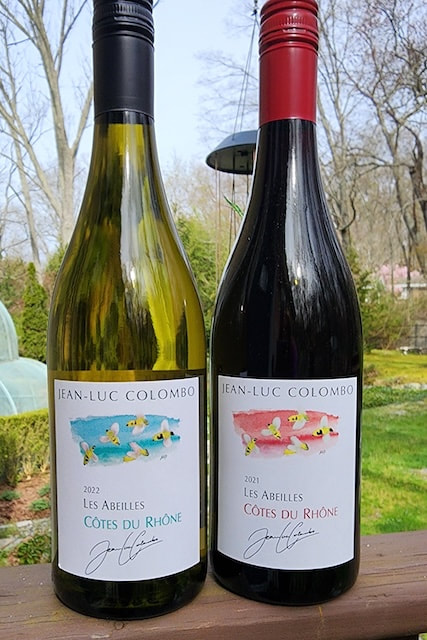
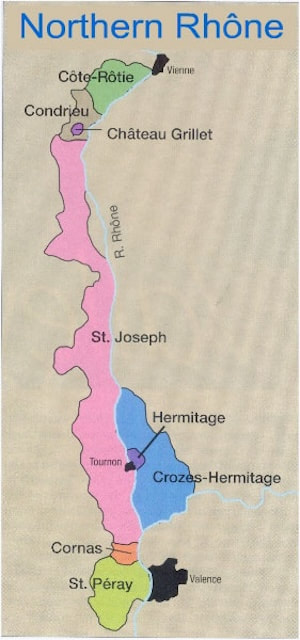
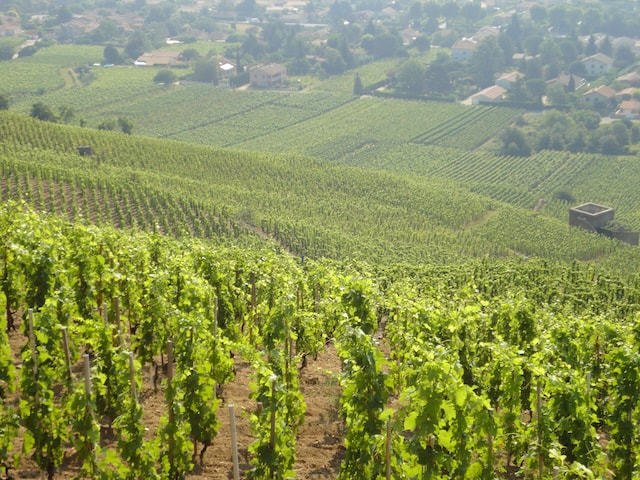
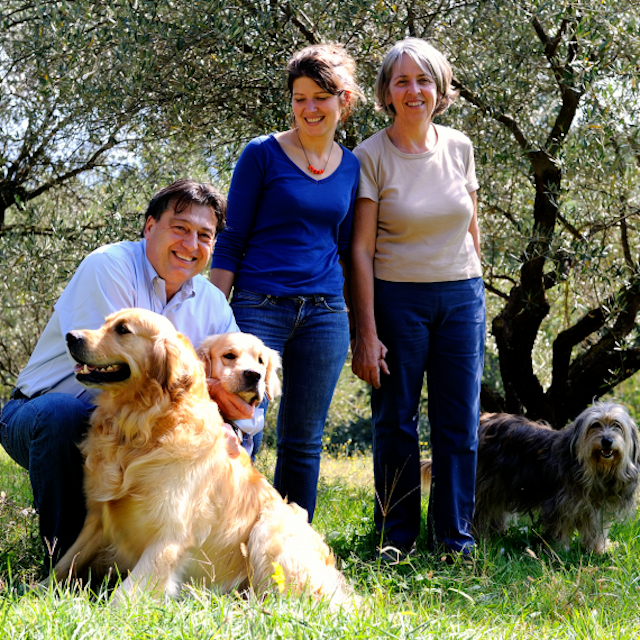
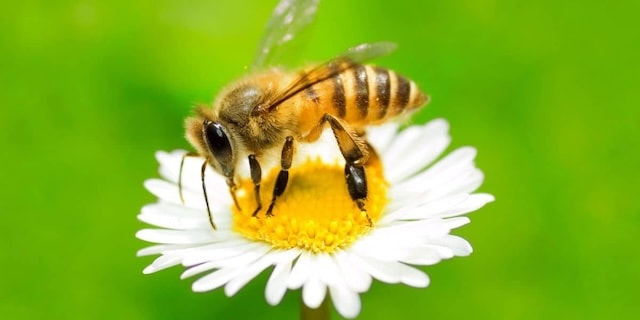
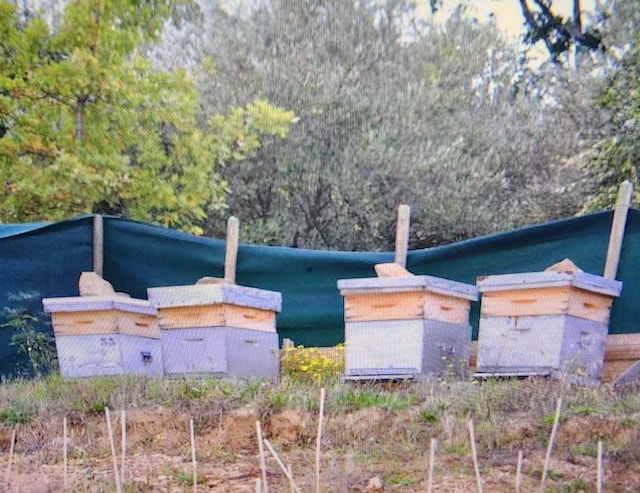
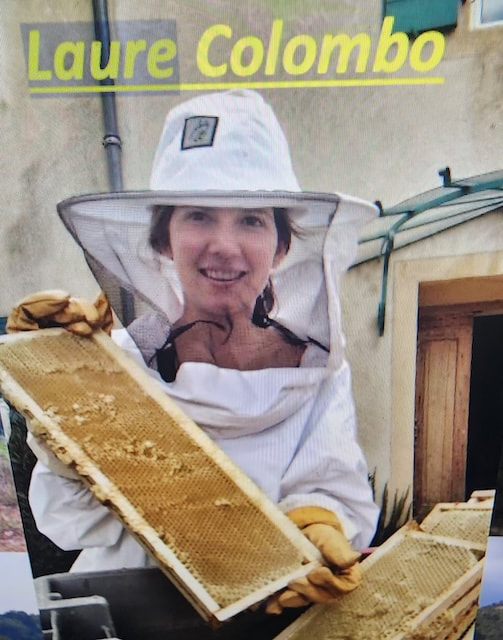
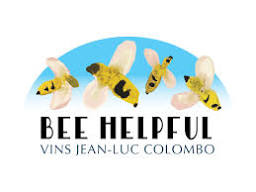
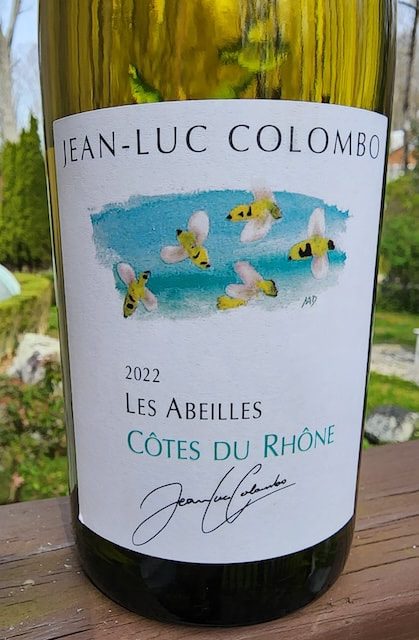
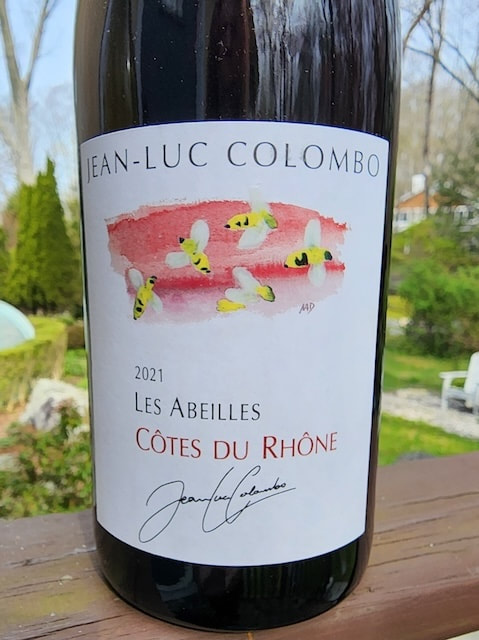
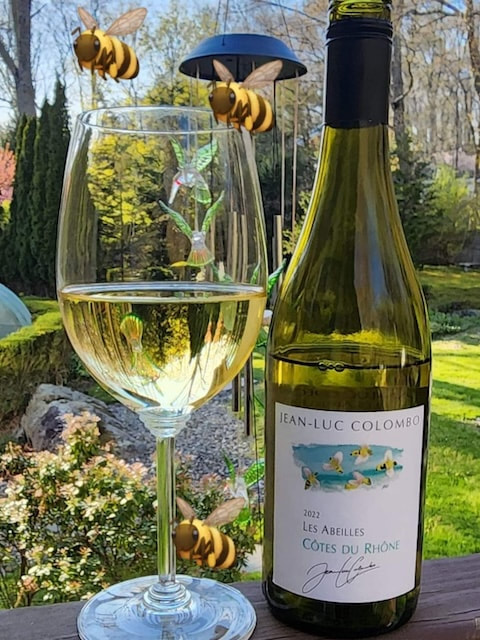

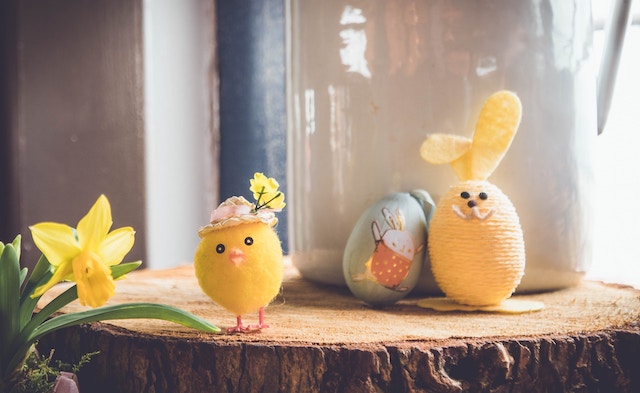
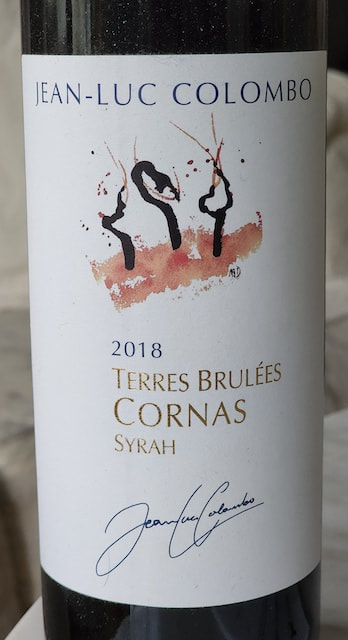
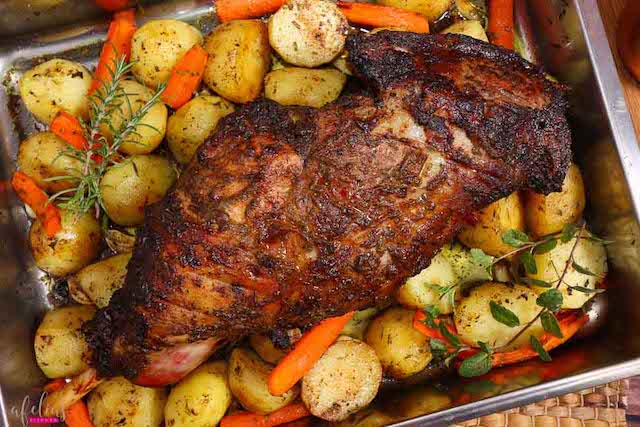
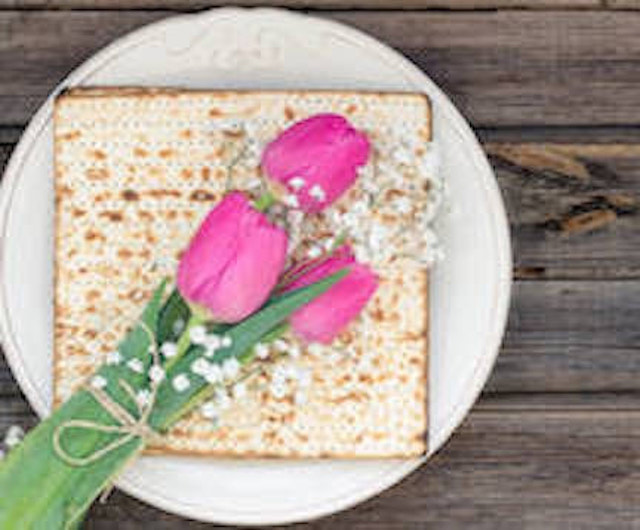
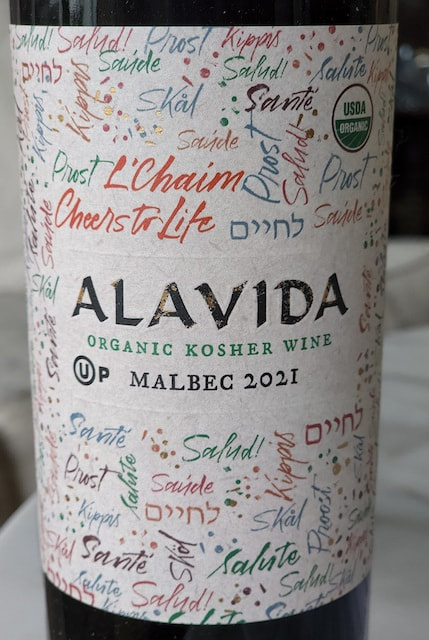
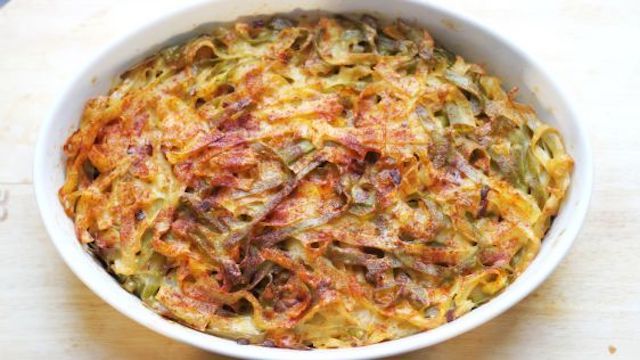
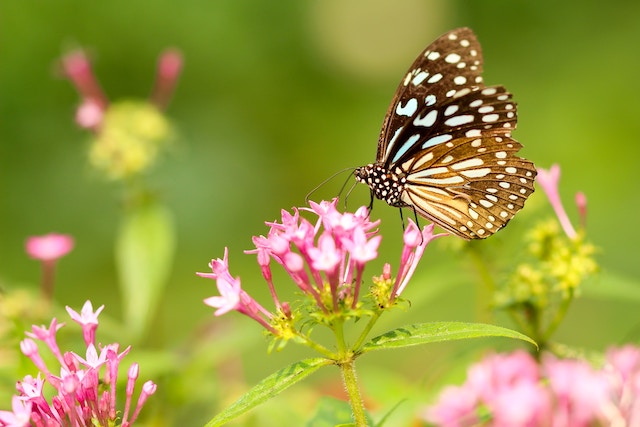
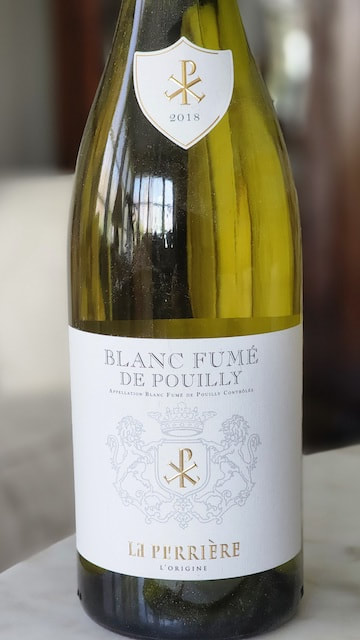
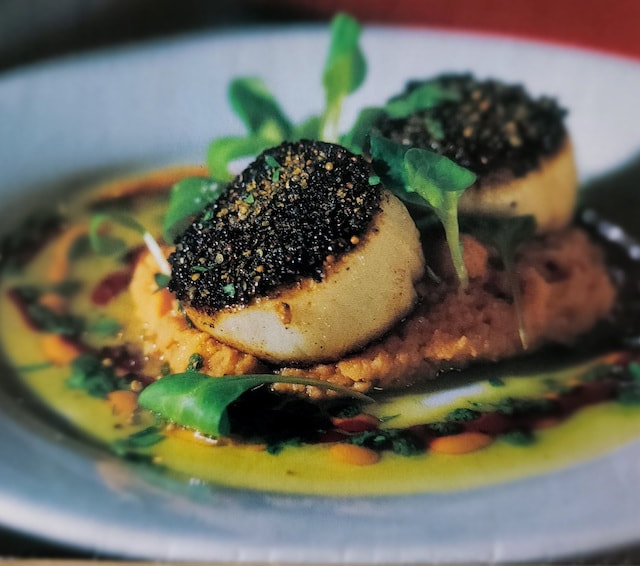
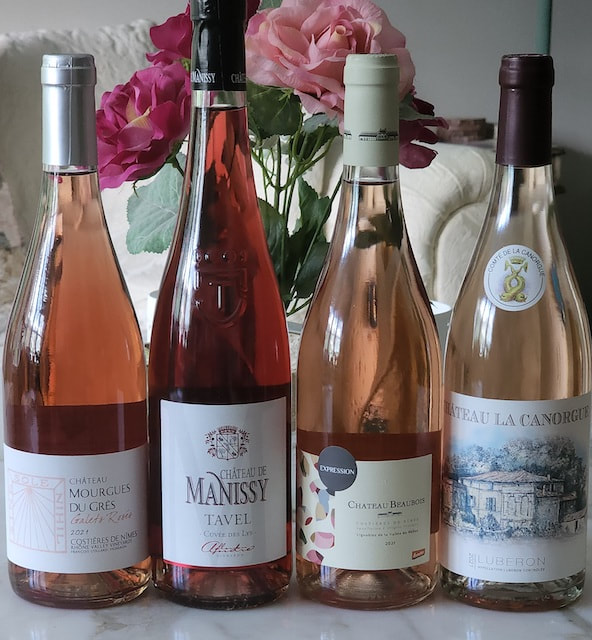
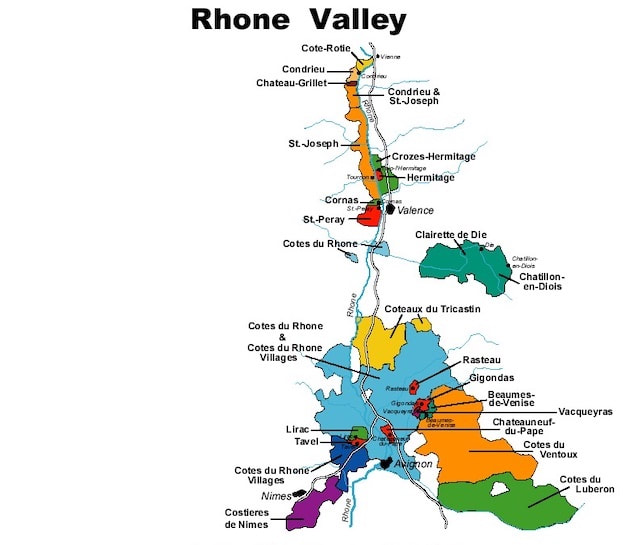
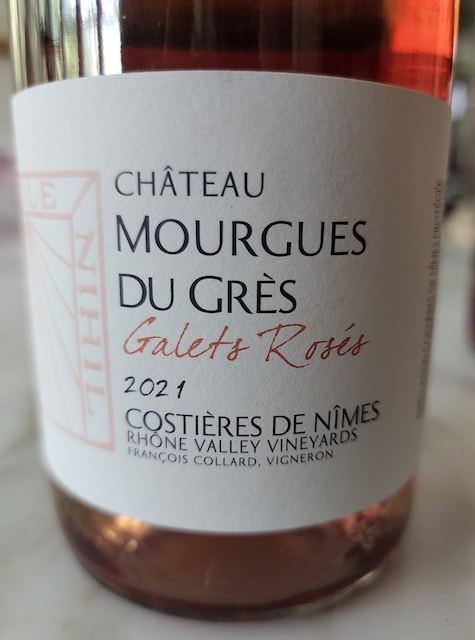
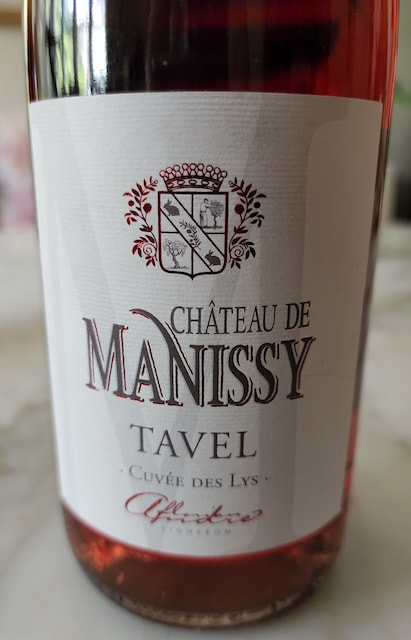
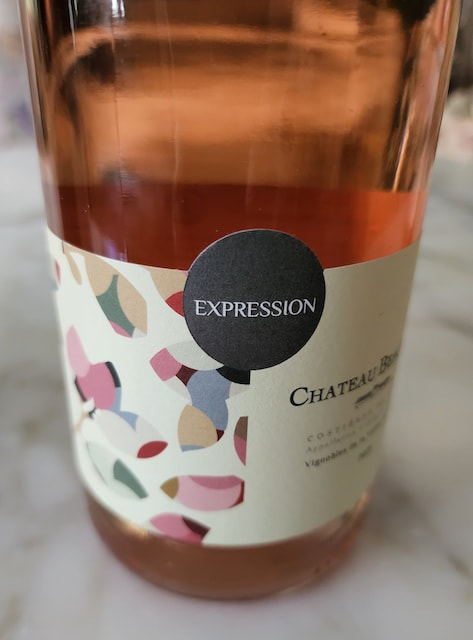
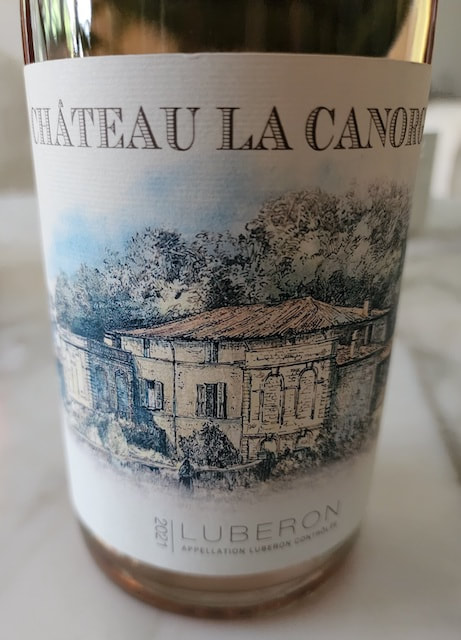
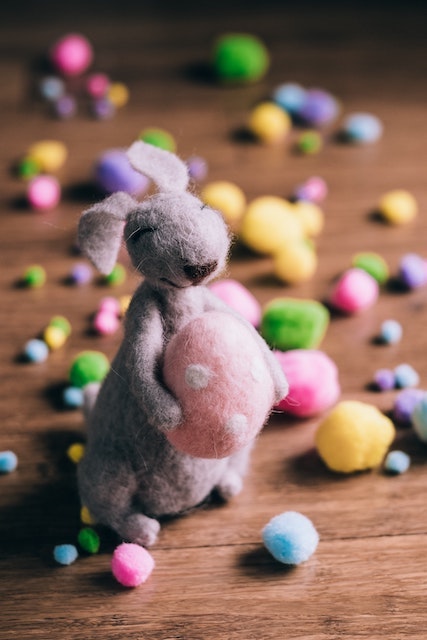
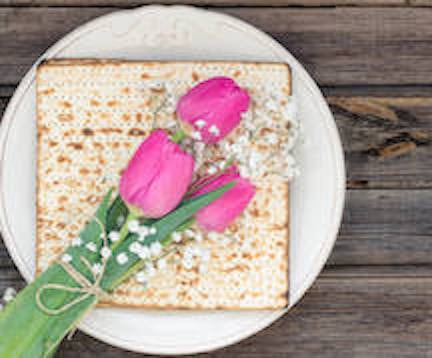
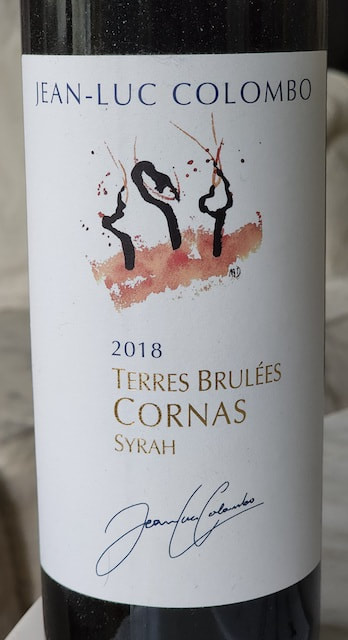
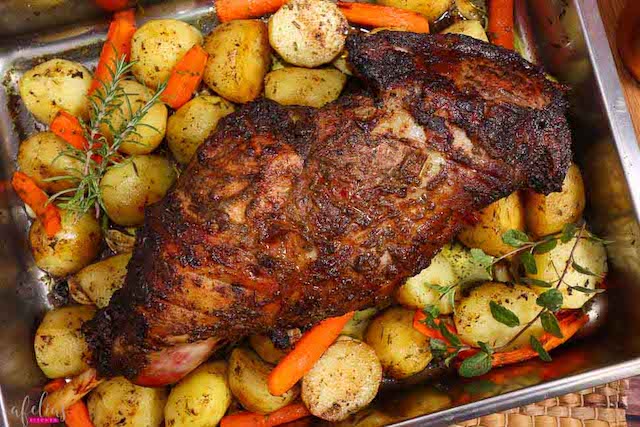
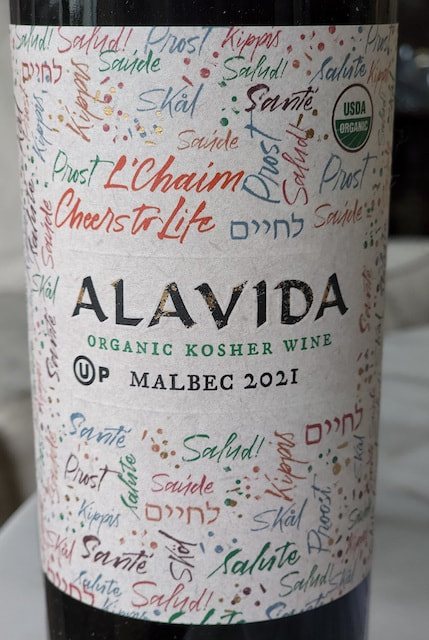
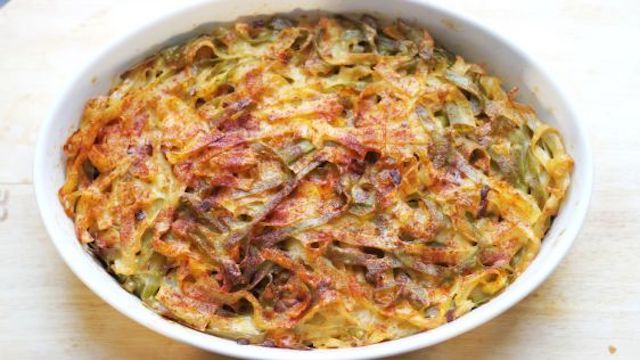
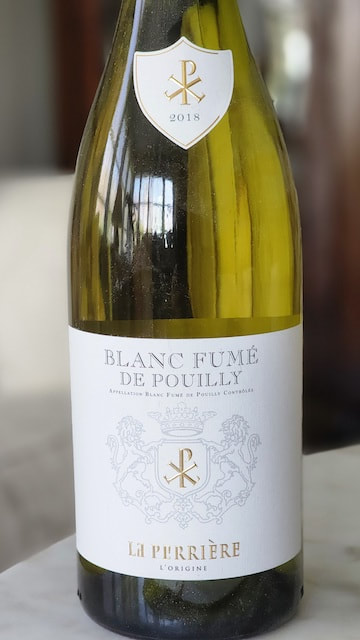
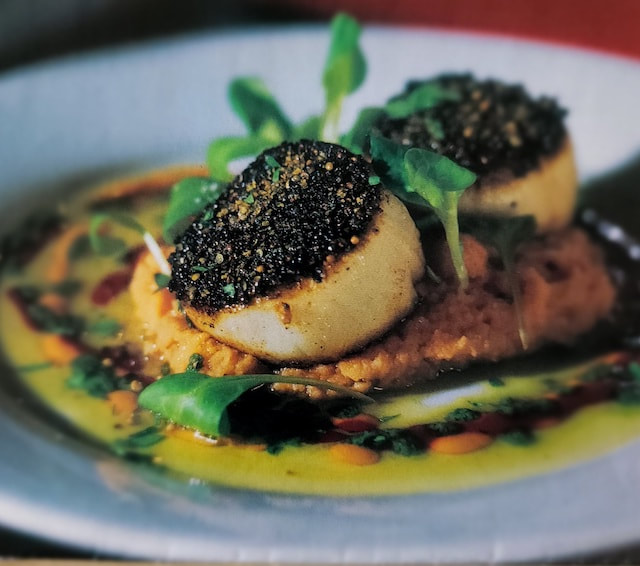
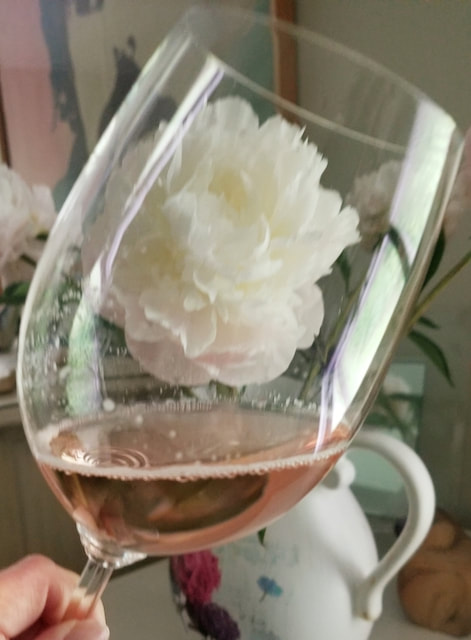
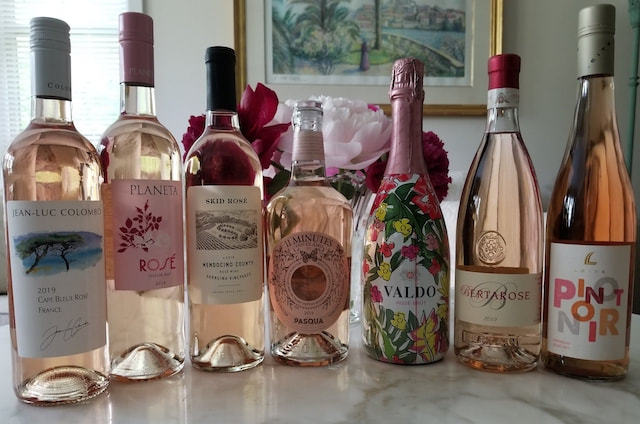
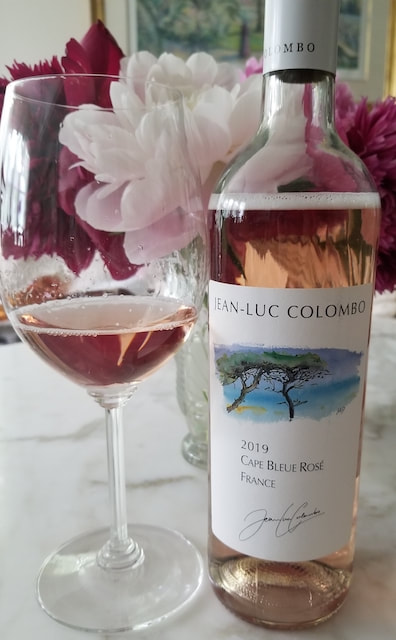
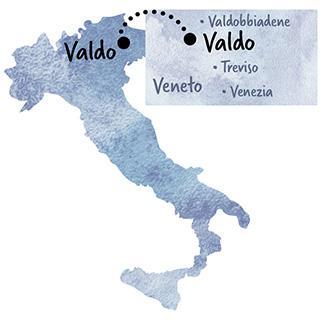
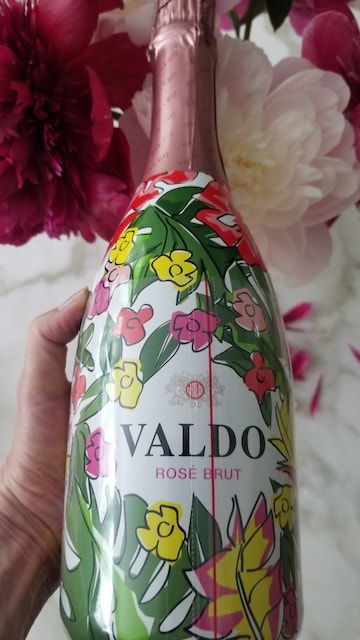
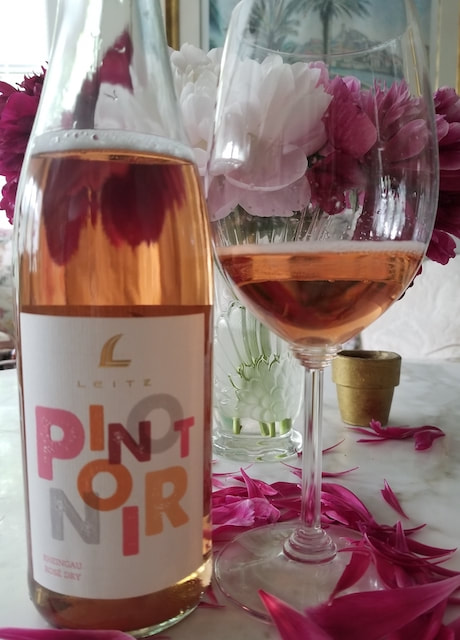
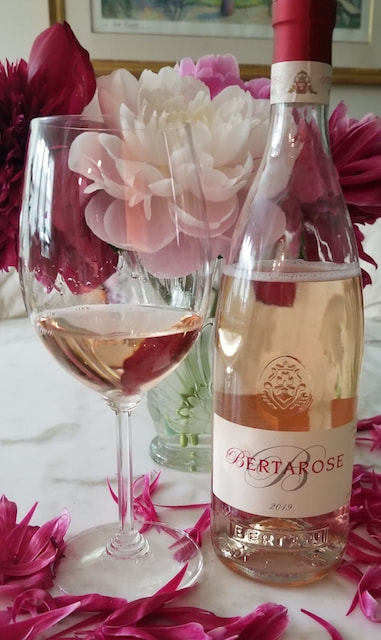
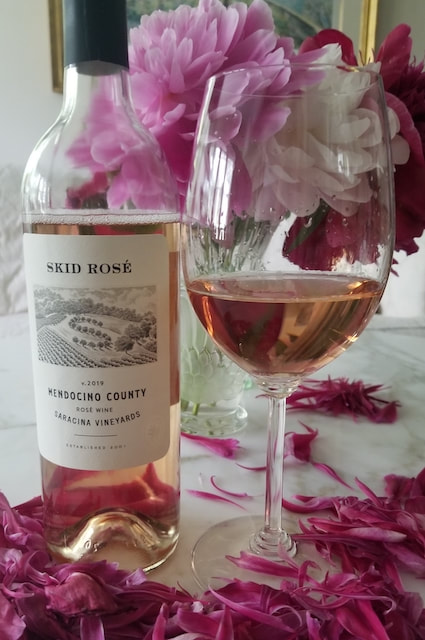
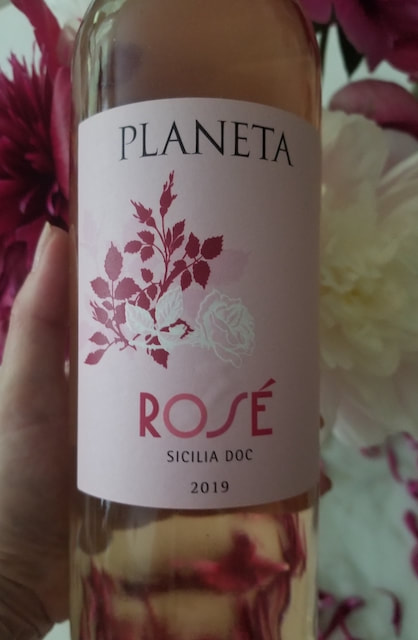
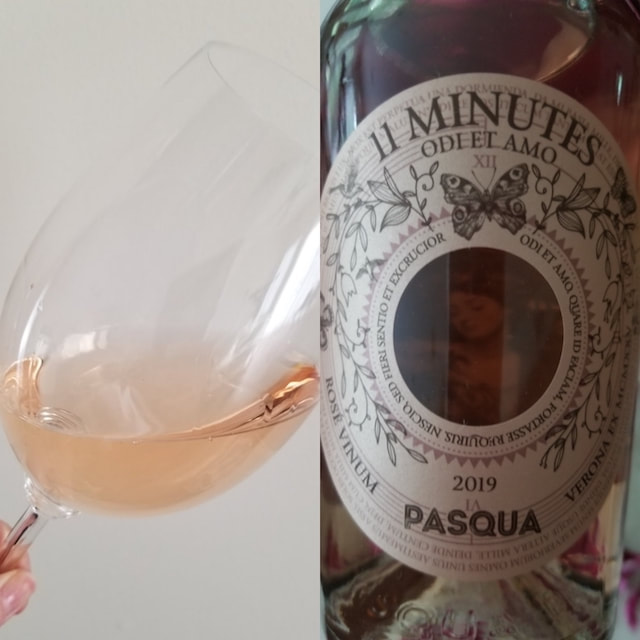
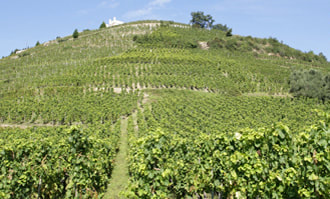
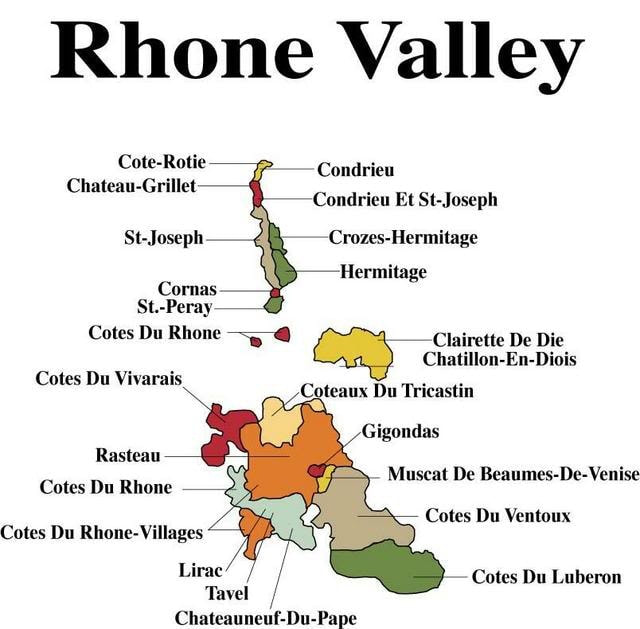
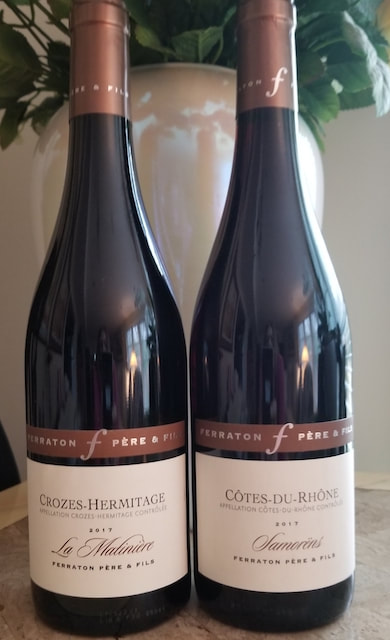
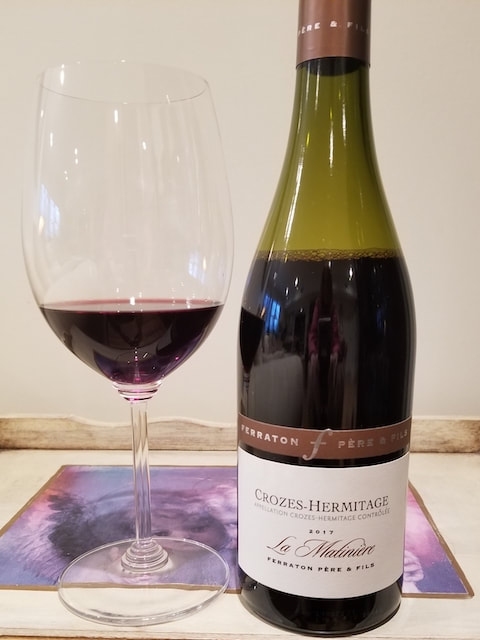
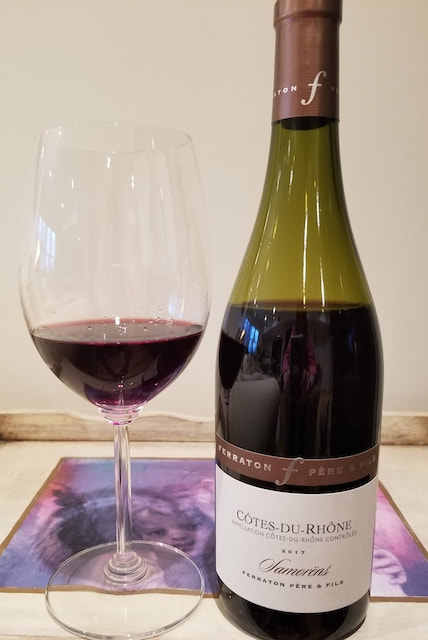
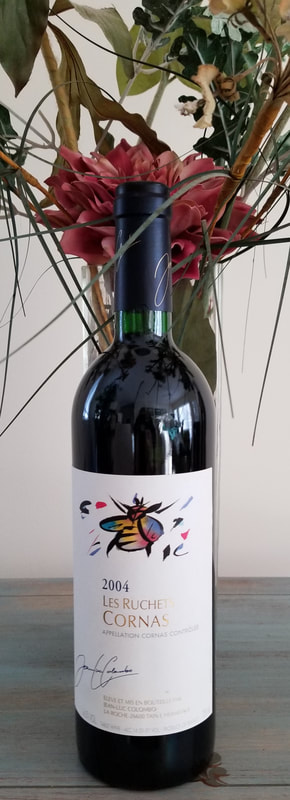
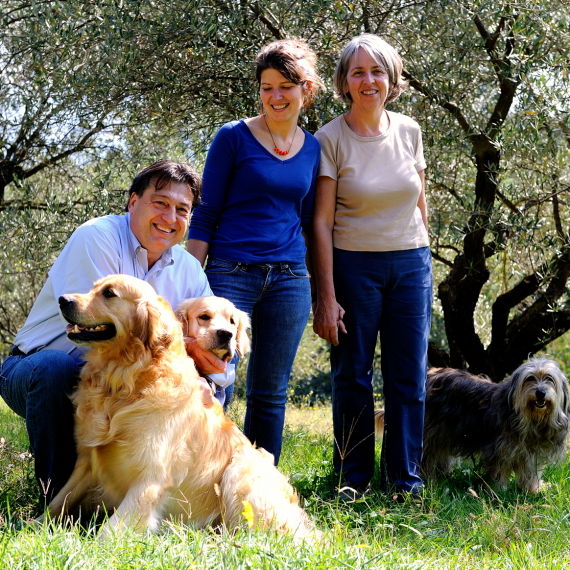
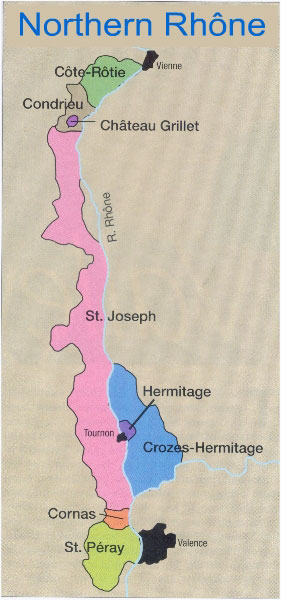
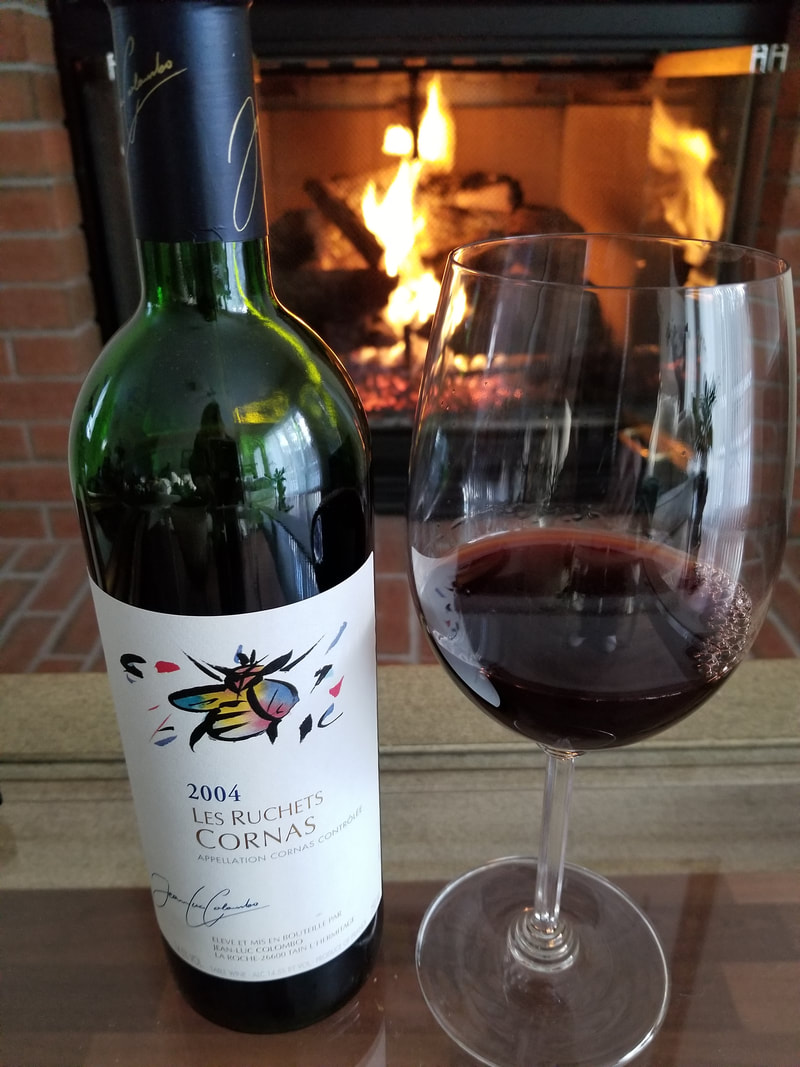
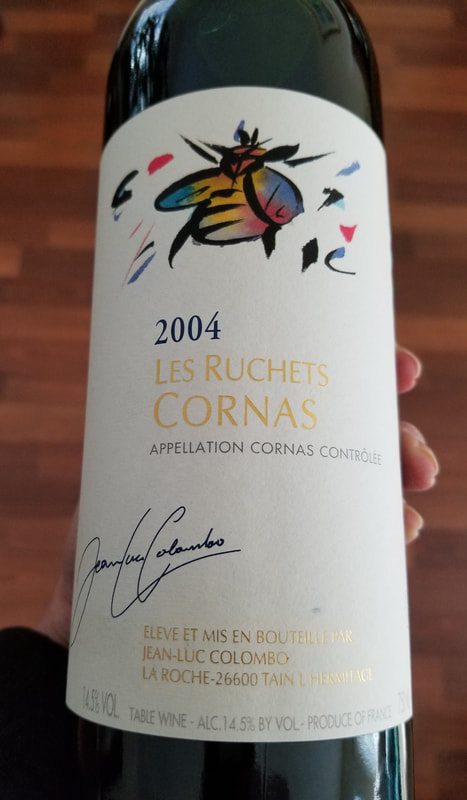

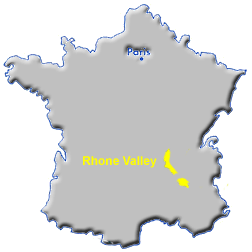
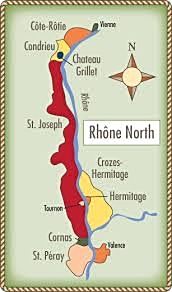
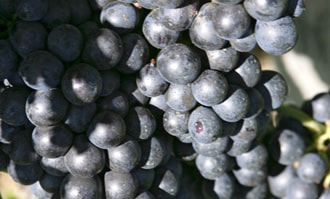
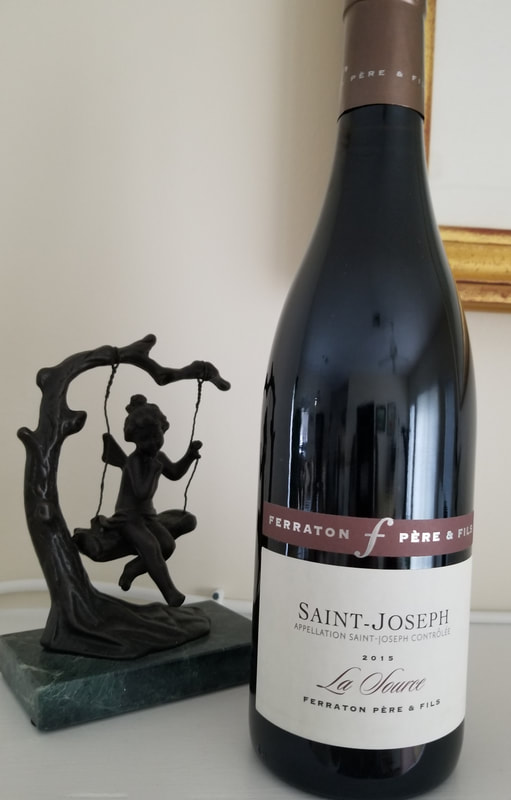
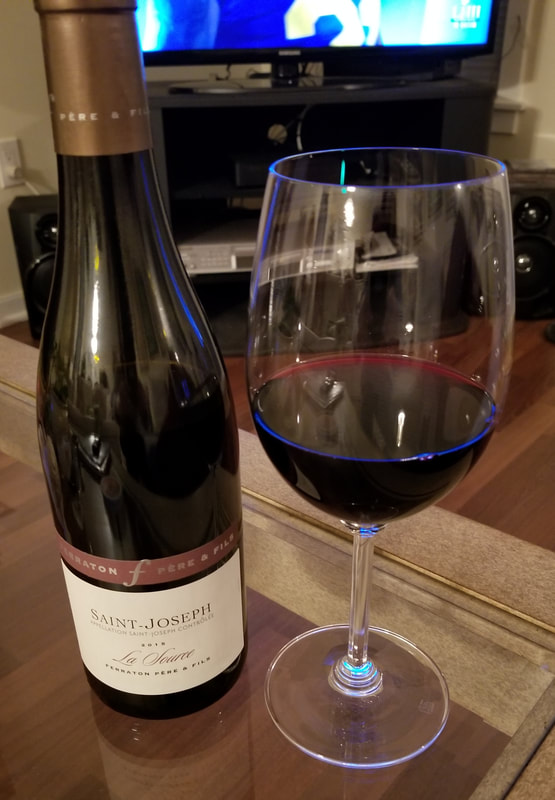
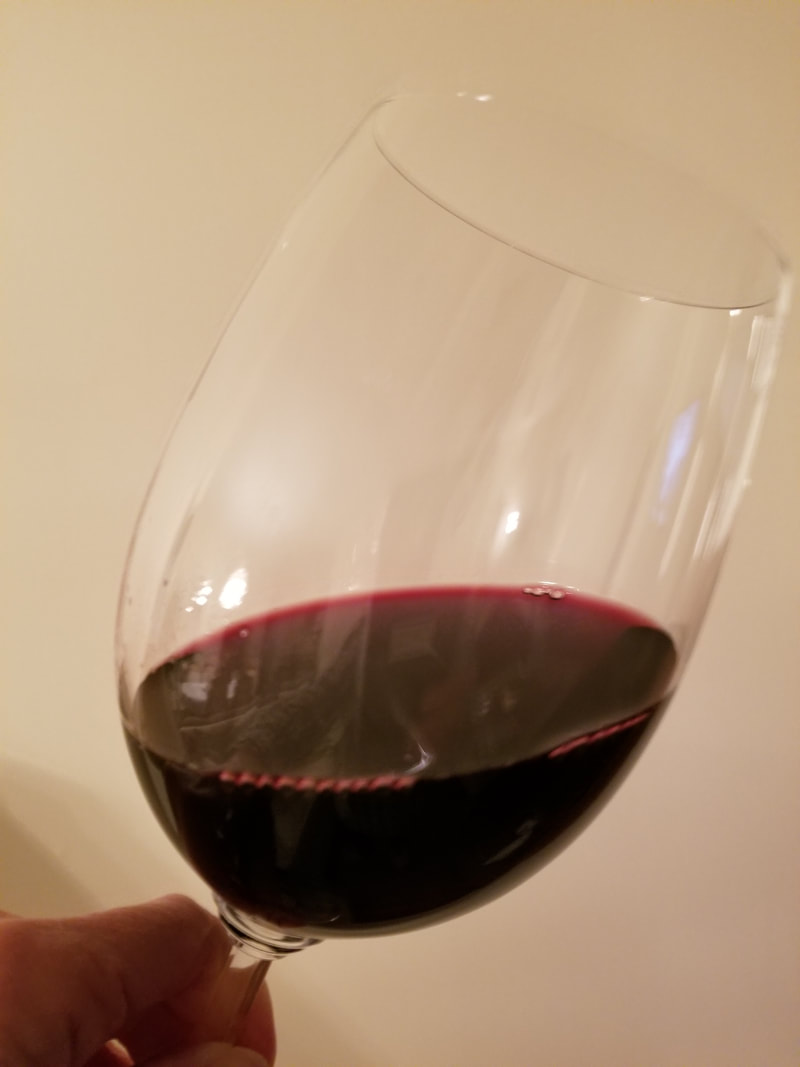
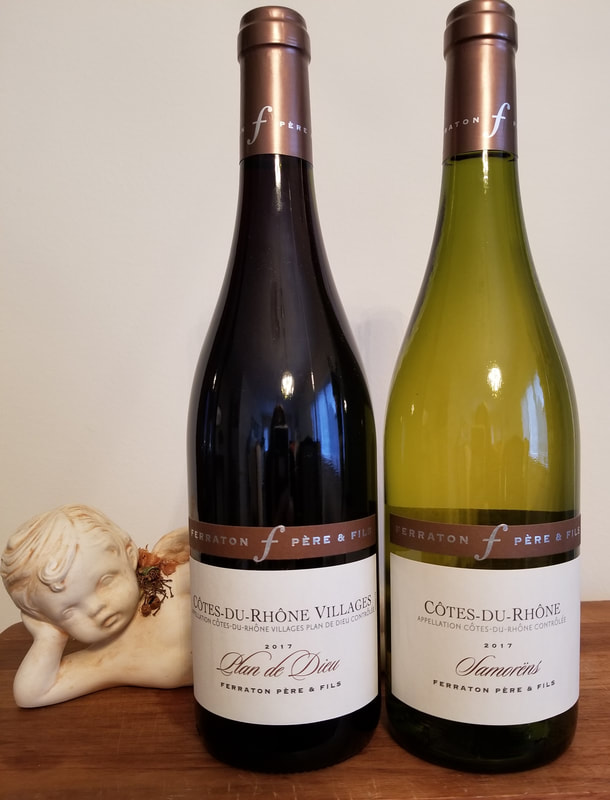
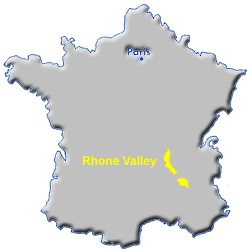
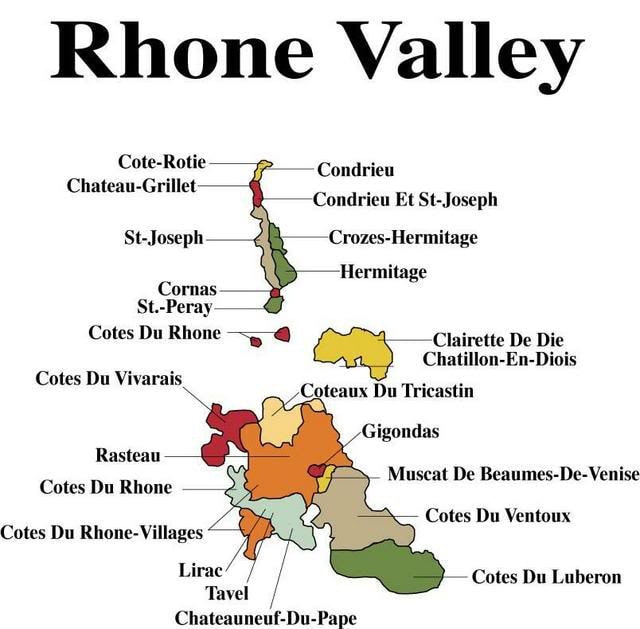
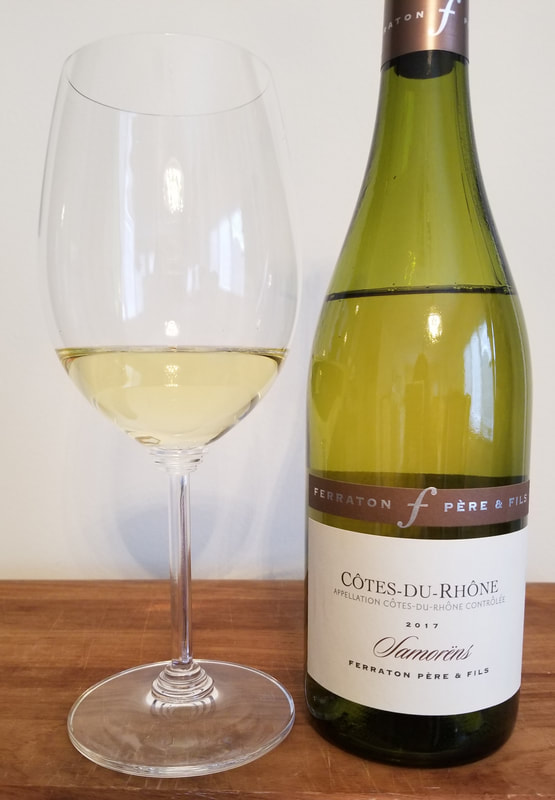
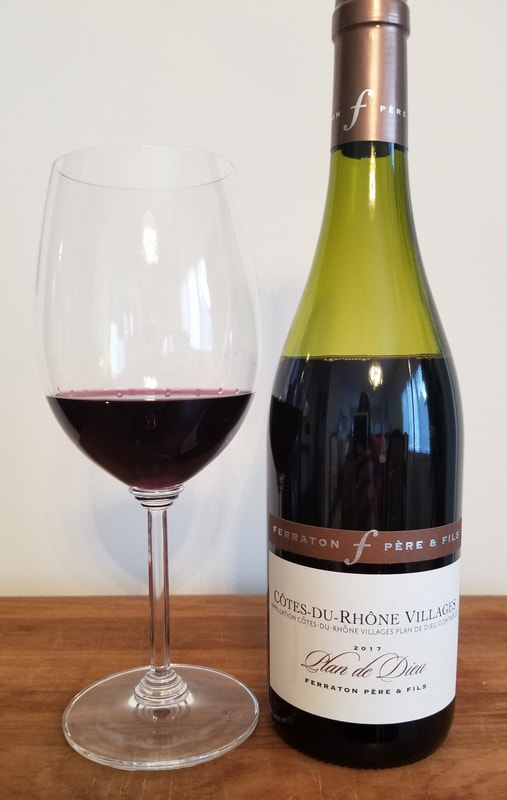
 RSS Feed
RSS Feed